For worriers like me, altitude is a huge concern. As someone with no experience of high altitudes previously, when I hear the words ‘altitude sickness’, the first thing that jumps into my head climbers attempting to summit Everest and dying en route. Unfortunately for me, that is just how my brain works.
It would be fair to say that I hadn’t really planned for the extreme altitudes that South America is most famous for. I brought no medication with me and instead used only natural remedies for altitude sickness. Luckily, this worked a treat. It may surprise you but there are actually loads of natural remedies for altitude sickness out there. [toc]
Disclaimer
This article has been written using my own experience. Although it is also the result of many hours of research, I am not a medical professional. I would always advise travellers concerned about adapting to altitude and avoiding altitude sickness to speak to their doctor.
What is altitude sickness?
According to the Fit for Travel website, altitude sickness is defined as ‘when the body fails to or has not had enough time to acclimatise to altitude’. High altitude generally covers anything over 1,500 metres above sea level (m.a.s.l.) however, altitude sickness can occur anywhere from 2,400 ma.s.l. At best it is uncomfortable and at worst, downright dangerous.
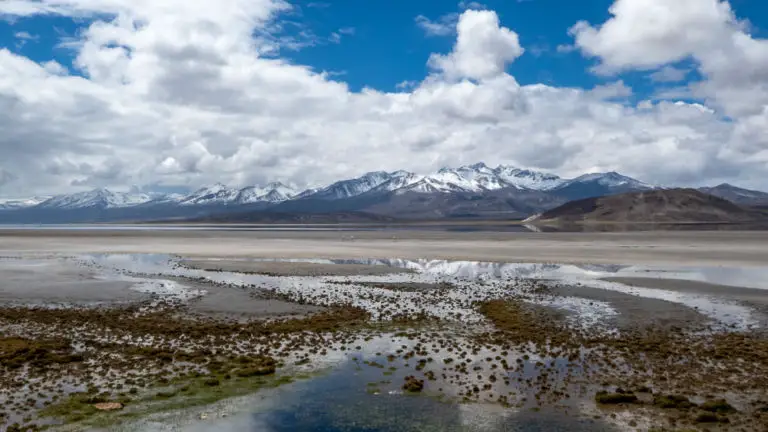
There are varying levels of altitude sickness, however, most people are likely to experience feeling nauseous, light-headed or dizzy. In my own experience, these have been the symptoms that I have suffered from the most. In its mildest form, altitude sickness is known as acute mountain sickness (AMS).
As well as the symptoms listed above, travellers suffering from altitude sickness could also suffer from dehydration, shortness of breath, headache and lack of appetite. More serious cases of altitude sickness can result in fluid building up in the lungs (High-altitude pulmonary edema) or brain swelling (High-altitude cerebral edema). Unless treated immediately, these symptoms can result in death. Altitude sickness is a scary thing for sure!
Who is affected by altitude sickness?
Anyone can be affected by altitude sickness as you can never predict how your body will deal with altitude. It is something which plights the young, old, fit and healthy. You may find that you go to an area of high altitude once and be absolutely fine but feel terrible when you return to high altitudes.
Doing anything at high altitudes requires more energy and physical exertion. You actually burn far more calories at high altitude than when you are at sea level, even when you are resting.
20% of people will be affected by altitude sickness at around 2,500 m.a.s.l. but this percentage increases to 40% once the altitude has risen to 3,000 m.a.s.l. As a result of this, it is wise to be wary of extreme changes in altitude because it is likely you could be impacted in some way.
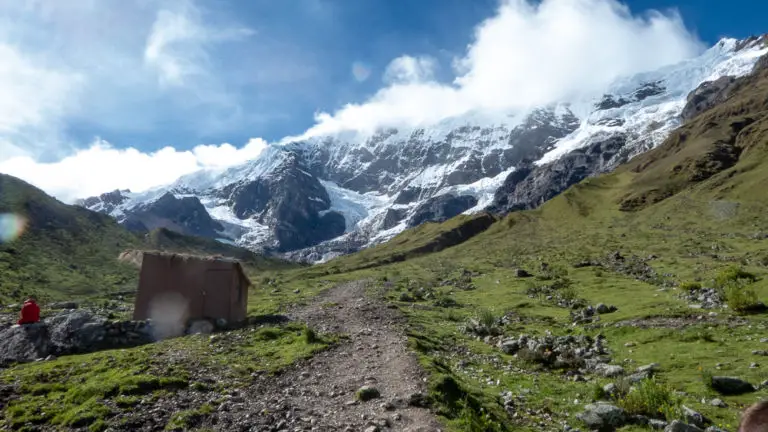
Whilst many travellers decide to try and offset the symptoms of altitude with pills, I found that during my time backpacking South America, all I needed was a few natural remedies which really helped with the symptoms of altitude sickness.
How to prevent altitude sickness naturally:
As with anything, prevention is better than cure and these steps should be carried out in advance of you arriving at the high altitudes.
Start to physically prepare
Although even the fittest people can fall victim to altitude sickness, people who are not in shape are still at a greater risk. If you are planning on visiting cities which lie at high elevations or doing a demanding hike like the Salkantay trek in Peru, it is worth cramming in a bit of training before you leave. The more physically able you are, the more of an advantage you will have when dealing with the altitude.
Even if you do end up feeling sick and getting other symptoms, at least it is only the altitude that you will need to worry about instead of your ability to do the hike itself.
Drink more water
In order to help your body adapt to the change in altitude, you will need to drink a lot of water. Therefore, training your body to become used to a larger water intake will be beneficial once you are at high altitude.
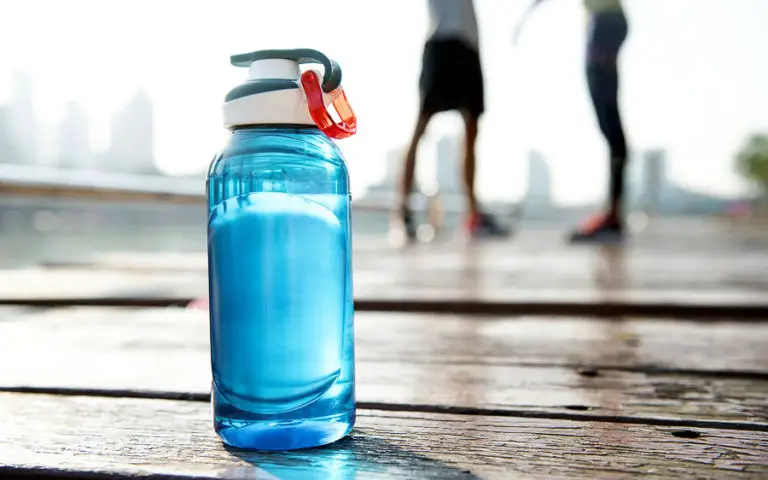
Make sure you have packed what you need
When it comes to hiking at high altitude, you will need to make sure that you have adequately planned ahead and are carrying everything you need. Water is an absolute must when traversing area at high altitudes as are snacks to boost your energy. Make sure you pack a daypack with everything you need in advance.
Best natural remedies for altitude sickness:
Take time to acclimatise
The people that I met around south America who were most commonly caught out with altitude sickness were the people that had flown into high cities and not allowed themselves the time to acclimatise to the conditions.
The NHS recommends that you should allow at least 2-3 days to get used to high altitudes before ascending over 3,000 m.a.s.l. whereas, other medical organisations suggest at least a week. From my personal experience, I found that allowing a few days was definitely not enough when I tried to tackle Pichincha volcano which stands at 4,784 m.
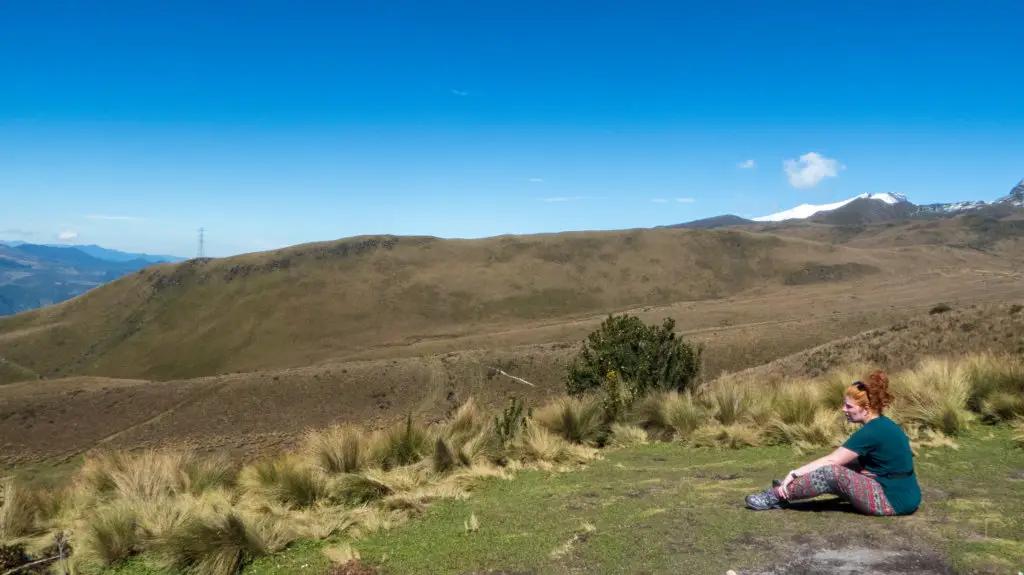
Try to sleep at lower altitudes
High altitudes are a big sleep stealer. Low oxygen levels can affect your breathing during the night which in turn can make you feel suffocated. This coupled with frequent waking, can leave you feeling grouchy and unrefreshed the following morning.
Drink lots of water
Remaining hydrated is definitely one of the best ways to avoid altitude sickness naturally. Do not wait until you feel thirsty as this will be too late.
Altitude can make you want to pee more so you will lose more water than usual because of this. You also lose more water when you breathe at high altitudes. This is a direct result of the lower oxygen levels which cause you to breathe more rapidly and more deeply. Surprisingly, you can actually lose twice as much water breathing at altitude as you can at sea level!
The final point links to sweat. Humidity is lower at high altitudes which means that your sweat will evaporate quicker. As a result, it can be very hard to judge how much water you are actually losing as a result of the exercise.
Eat more carbs
A balanced diet is the way to go with anything in life but your body will definitely thank you for adding in a few more carbs than usual if you are spending a lot of time at altitude. The main reason for this is that carbohydrates require less oxygen for digestion than other fats.
Just like with water, you should make sure that you are eating regular meals and snacks, even if you are not hungry. One of the symptoms of altitude sickness is loss of appetite so it is very important to push through this to keep your body fit and healthy.

Hike slowly
If you are hiking at altitude, you should definitely treat the journey as a marathon and not a sprint. It is generally suggested that hikers should not ascend more than 300 – 500 m over a 24 hour period. On top of this, medical professional advice says that for every 1000 m you climb, you should spend an extra day acclimatising.
As much we would all love to rush the process, the safest way to deal with an increase in altitude is to allow your body the time to get used to it. Don’t do what I did during my Pichincha hike and just hope it will get better, chances are that it won’t until you come back down!
Steady your breathing
Through some slow and steady deep breathing, you can increase your oxygen levels. Yoga fanatics are likely to find this significantly easier than the rest of us but once you have mastered these techniques, you may find that it is useful in a number of other physically stressful situations.
Consider using a herbal supplement
There are a couple of herbal supplements that come highly recommended by professionals and travellers alike. The first of these is Gingko Biloba. This natural supplement is derived from the leaf of the Ginkgo tree and has been used for thousands of years to treat a range of conditions. Some scientific studies have shown a link between taking this supplement and experiencing a reduction in the symptoms of altitude sickness.
Coca leaves are also a popular choice within Andean communities to stave off the effects of altitude sickness. In countries such as Peru and Bolivia, coca products are very easy to buy. You can consume coca leaves in tea, sweets and chocolates, to name a few options.
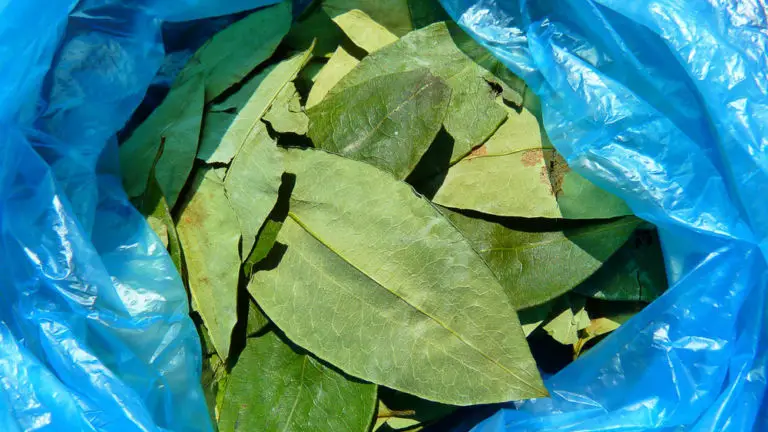
Chewing the coca leaves raw is also a favourite way for many to fend off the effects of altitude. This tends to be the method preferred by the locals although it is less than pleasant. Personally, I did not enjoy the bitter taste of the coca leaves or the tingling cheeks that I got as a result of chewing. Saying that I definitely felt an energy boost when hiking and suffered less with the altitude when I was chewing coca as opposed to when I was not.
Avoid drinking alcohol or caffeine
Both alcohol and caffeine can dehydrate you so they are best avoided when you are living or exercising at high altitude. Any other substances that depress your breathing should also be avoided which means that smoking is out as well.
Descend if necessary
The only guaranteed cure for altitude sickness is descent. If you begin to feel very ill or start vomiting, make you way back down to a lower altitude as soon as possible. If this is not possible for whatever reason, use an oxygen tank if there is one nearby.
Use an oxygen tank
Many tour agencies which specialise in high altitude areas will carry oxygen tanks in case of emergency. During my three-day jaunt around Salar de Uyuni in Bolivia, the guides carried oxygen tanks as a precaution. Although I was lucky and didn’t need to use them, I met other travellers who did!
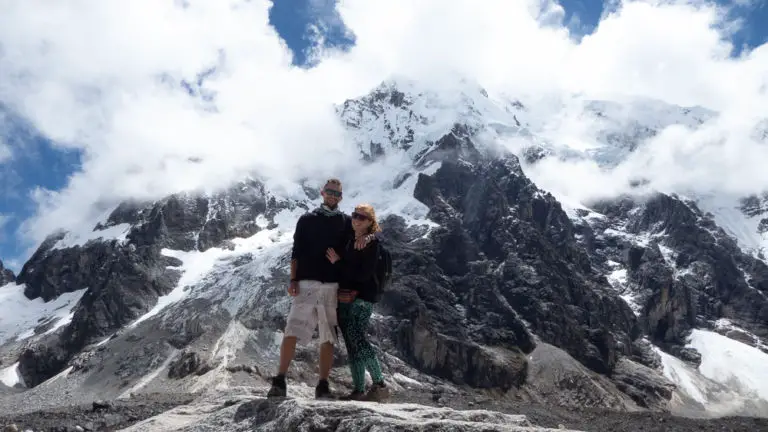
Herbal supplements as a natural remedy for altitude sickness
During my travels, I have come across people who claim to have used Ginkgo Biloba to alleviate the symptoms of altitude sickness. It works by increasing your circulation and by thinning the blood. This can mean that despite being a natural remedy, it can be dangerous when mixed with other drugs. If you are using anticoagulant drugs, the mixing with Ginkgo Biloba can cause excessive bleeding which can be very dangerous.
As well as Ginkgo Biloba, coca leaves are also used by locals and tourists alike to help treat altitude sickness. Although coca leaves have been proven to help with the symptoms of an increase in altitude, they are illegal in many parts of the world (they are the main ingredient of cocaine) and the penalties for carrying them are very harsh.
If you have been using coca leaves in South America, make sure you discard of any leaves, sweets or teabags before attempting to board a flight or leave the country. In the eyes of the law, coca leaves will generally be treated the same as any other illegal drug.
Available medications for altitude sickness
As well as all of the natural remedies for altitude sickness listed above, there is also prescribed medication available. It seems like travellers have long argued the effectiveness of this medication, with many arguing the meds themselves caused exactly the same symptoms as they were hoping to avoid.
Doctors most commonly recommend acetazolamide to aid acclimatisation. It is often sold under the trade name of Diamox. This drug does not cure altitude sickness and merely hides the symptoms. As such, doctors will usually recommend that visitors to high altitude areas allow themselves an appropriate time to acclimatise rather than giving out pills.
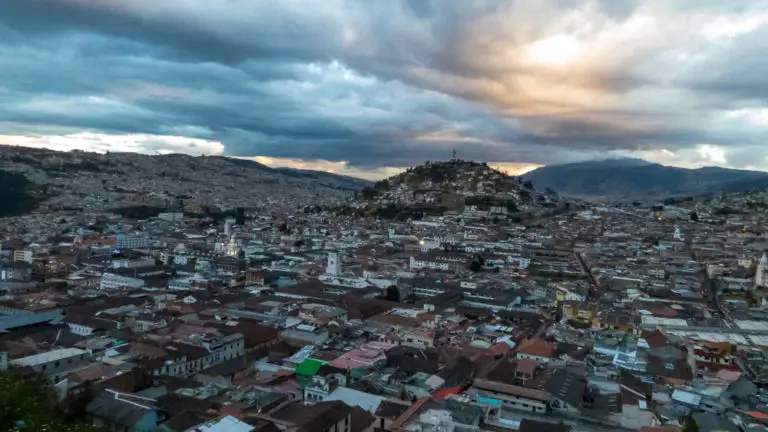
It seems like the most common instance in which pills are recommended is when the traveller has not or cannot allow themselves the adequate time to acclimatise (like on a week-long holiday) or when they have flown directly into an area with high altitude.
As mentioned earlier, acetazolamide can have side effects. Generally, these reflect the symptoms that are caused by altitude sickness which means their utility is still a contentious issue which is debated amongst travellers.
This post has been put together based on my experiences travelling around South America. As I have said previously, I am not a doctor. If you have concerns about adapting to altitude on your next trip, seek medical advice before you travel.
Have you ever experienced adverse effects from extreme change in altitude before?
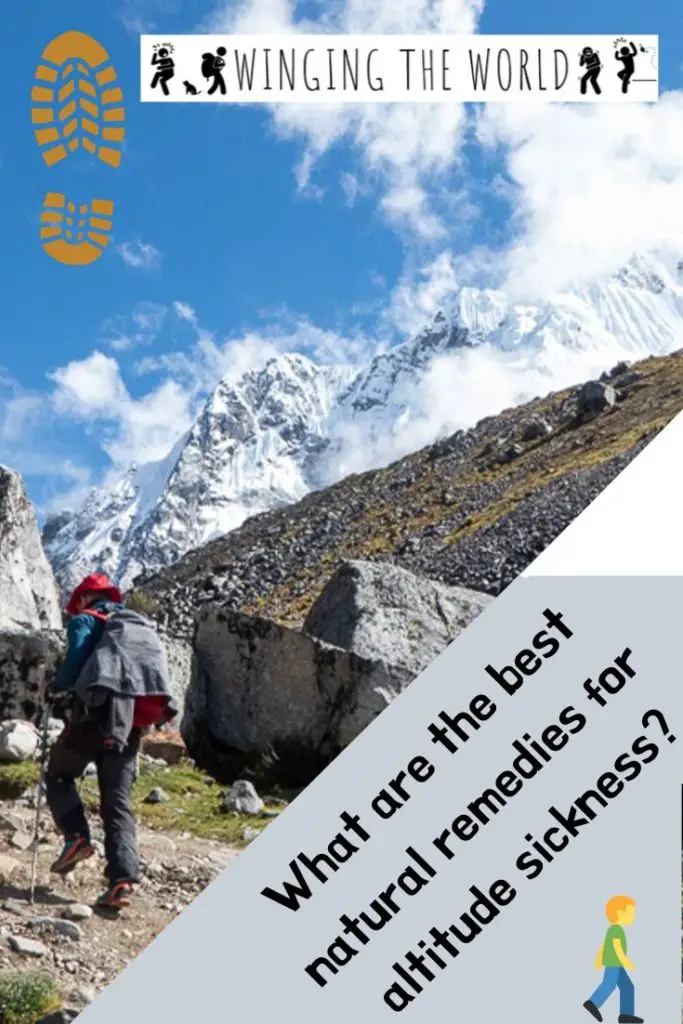
Love it? Pin it! 🙂

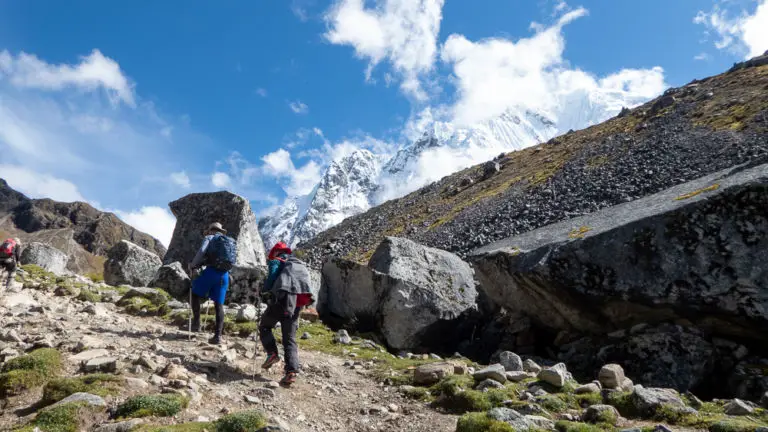
Great blog! Great information! Thank you! Did you try ginger at any point in your hike? Ginger tea or chews? Ginger usually calms down any nausea for me, but wasn’t sure how that related to high altitudes. Thanks for sharing!
Hi Christin! I never tried ginger on the hike and have never heard it recommended as a way to ease altitude sickness. Would be interested to hear whether it works for you though! 🙂
Great information! Thank you!
A tried and true gentle and safe solution is to use homeopathic preparation of Coca, starting from a day or 2 before getting to high elevation. A preparation of Coca 30C would work well. Unfortunately it is not sold in the US for very stupid reasons (no material substance left in homeopathic dilutions!), but I would assume it would be available anywhere else where homeopathy is practiced (which is most of the world…)